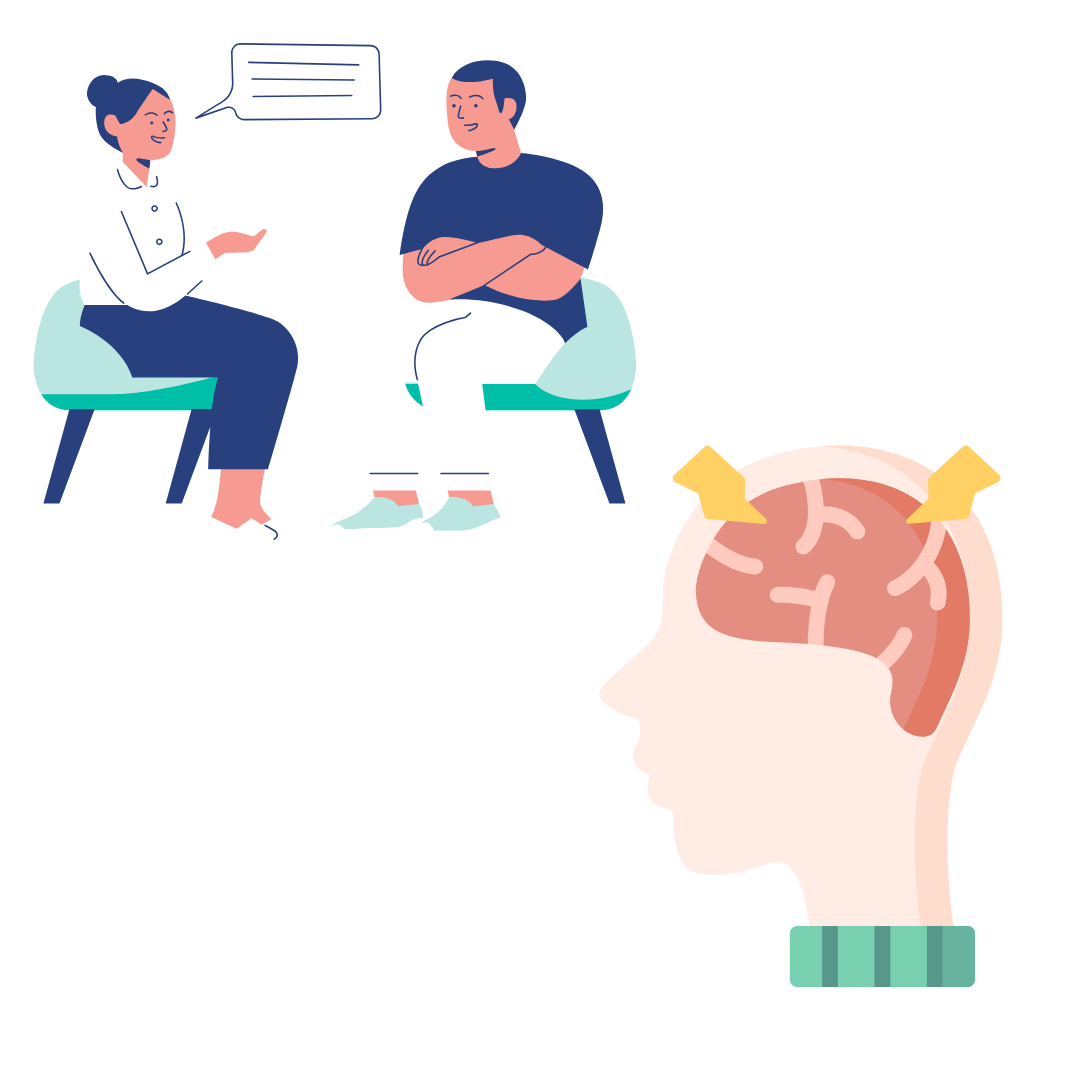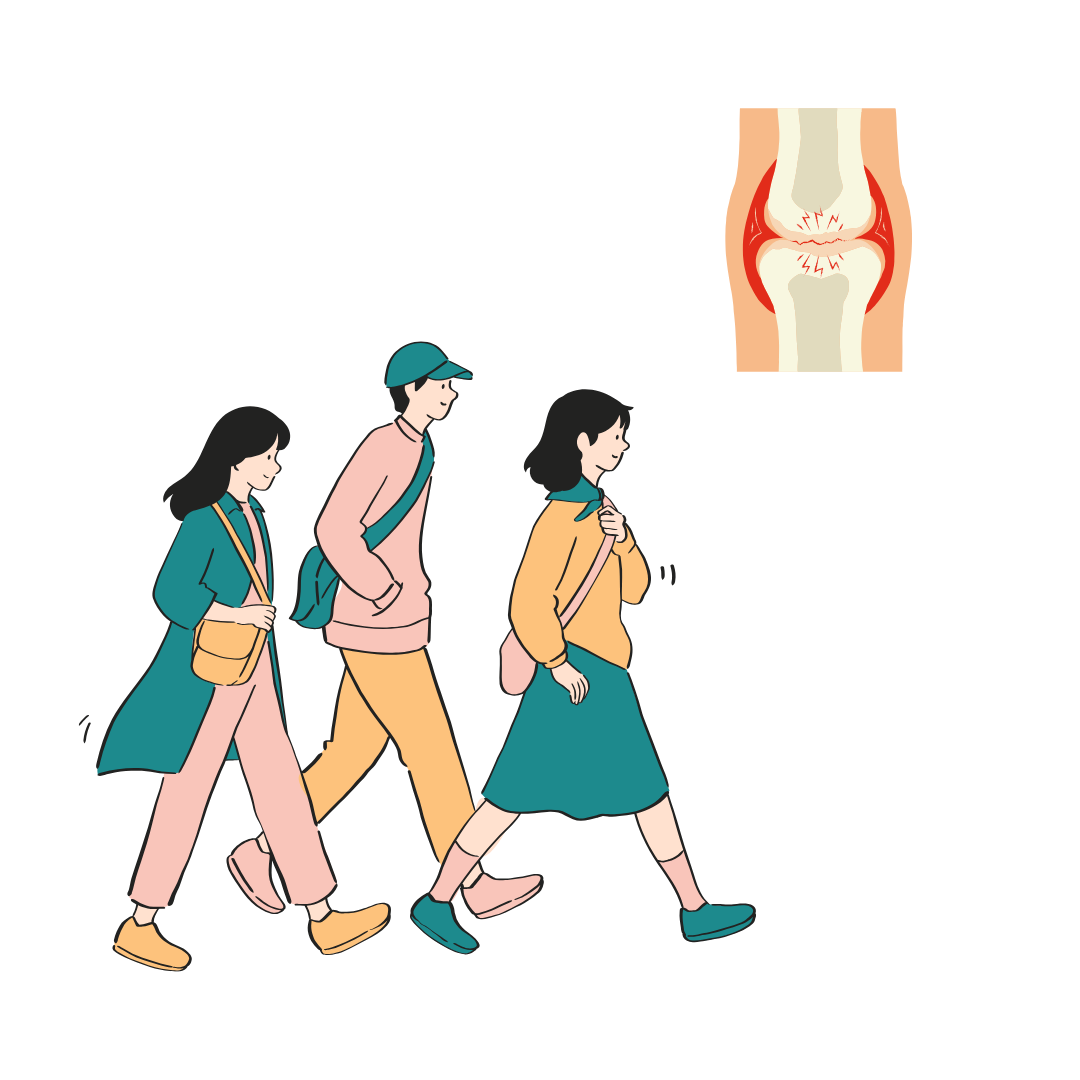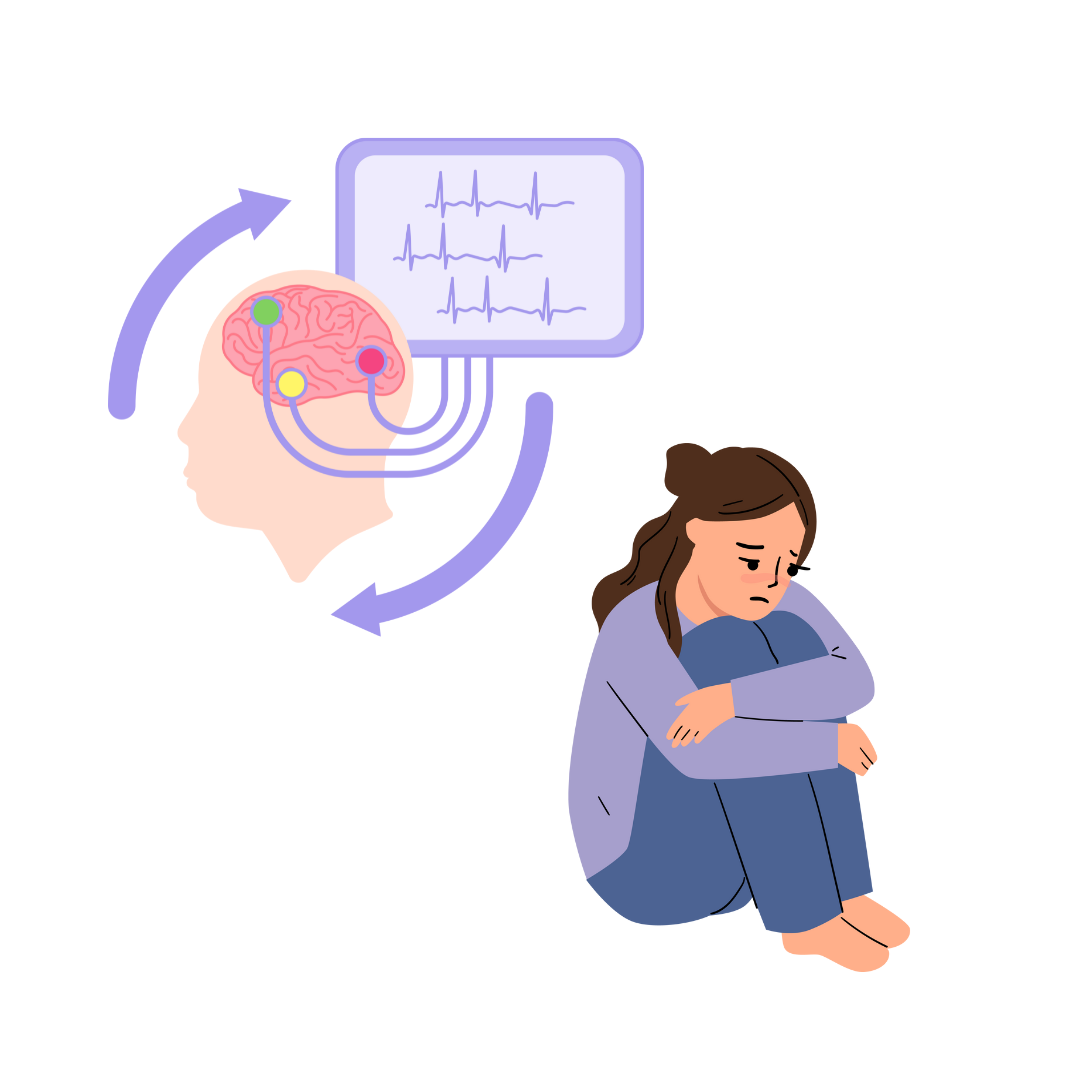Blog

Therapeutic Shoes Offer New Hope for Back and Knee Pain Relief — and May Delay Surgery
A new type of therapeutic shoe may help people with chronic back pain or knee arthritis feel better — and even delay the need for knee replacement surgery. The specially designed shoes, created by AposHealth, have adjustable pods under the soles that change how pressure moves through the feet and joints. In two recent studies, people who wore the shoes for just 15 minutes a day during regular activities reported greater pain relief and improved movement compared to those doing standard physical therapy. Over time, fewer people who used the shoes needed knee surgery. Experts say this simple, wearable treatment could be a convenient way for people to manage pain and stay active without relying on complicated exercise routines.
Read More
New Therapy Combines Nerve Stimulation and Talk Therapy to Help People Overcome Severe PTSD
Posttraumatic stress disorder (PTSD) is a serious mental health condition that can be difficult to treat, especially for people who don’t respond to traditional therapy or medication. A new study tested an innovative approach that combines a proven talk therapy called prolonged exposure therapy with gentle stimulation of the vagus nerve—a key nerve that helps regulate stress and emotions. Using a small implanted device, the nerve was activated during therapy sessions to help the brain form new, healthier connections. In a group of nine people with severe, treatment-resistant PTSD, all showed major improvements, and none met the criteria for PTSD after completing the therapy. The benefits lasted for at least six months, and no serious side effects were reported. This promising new treatment could lead to better options for people who have struggled to find relief from PTSD.
Read More
How Your Own Blood May Help Relieve Carpal Tunnel Pain Better Than Steroids
Carpal tunnel syndrome (CTS) is a condition that causes pain, tingling, and weakness in the hand due to pressure on a nerve in the wrist. This study compared two common treatments—steroid injections and platelet-rich plasma (PRP) injections, which use a patient’s own blood to promote healing. Both treatments helped improve symptoms, especially in the short term. However, PRP showed better long-term results, with patients reporting less pain and better hand function over time. While steroid injections worked well at first, their effects tended to wear off, making PRP a promising option for longer-lasting relief.
Read More
Telephone-Delivered Walk With Ease Program Boosts Health for Adults with Arthritis
A recent study has shown that a telephone-delivered version of the Walk With Ease (WWE-T) program can significantly improve the health of adults with arthritis. The program, which is conducted remotely over six weeks, helps participants manage pain, increase physical function, and improve their confidence in handling arthritis symptoms. Through two weekly phone calls, participants were guided to walk for at least 30 minutes a day, several times a week. The results were impressive, with improvements in physical activities, reduced fatigue, and greater self-efficacy lasting up to a year. This easy-to-follow program provides a great alternative for those who may struggle to attend in-person exercise classes due to mobility issues or other barriers, making it an accessible option for a wide range of people.
Read More
Vagus Nerve Stimulation Shows Promise for Treating Severe Depression
Vagus Nerve Stimulation (VNS) is showing promising results as a potential treatment for people with severe depression, especially those whose symptoms haven’t improved with traditional therapies. In a recent study, participants who received VNS—where a device sends mild electrical pulses to the vagus nerve—reported significant improvements in mood, quality of life, and daily functioning. Encouragingly, these benefits seem to last over time. Now, the same researchers are testing VNS for people with bipolar disorder and planning to continue their work for another four years to see if it helps certain groups even more. While VNS isn’t a cure-all and doesn’t work for everyone, it offers hope for those who have struggled with depression and bipolar disorder for years, showing that with continued research, it may become a key part of managing these challenging conditions.
Read More